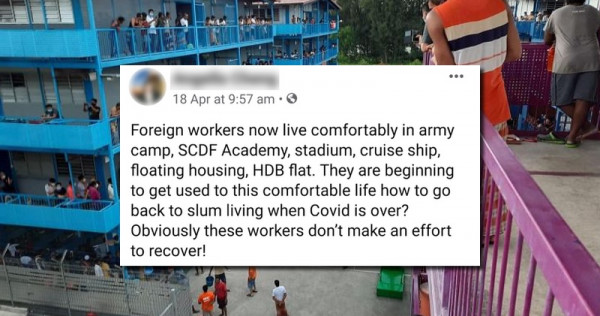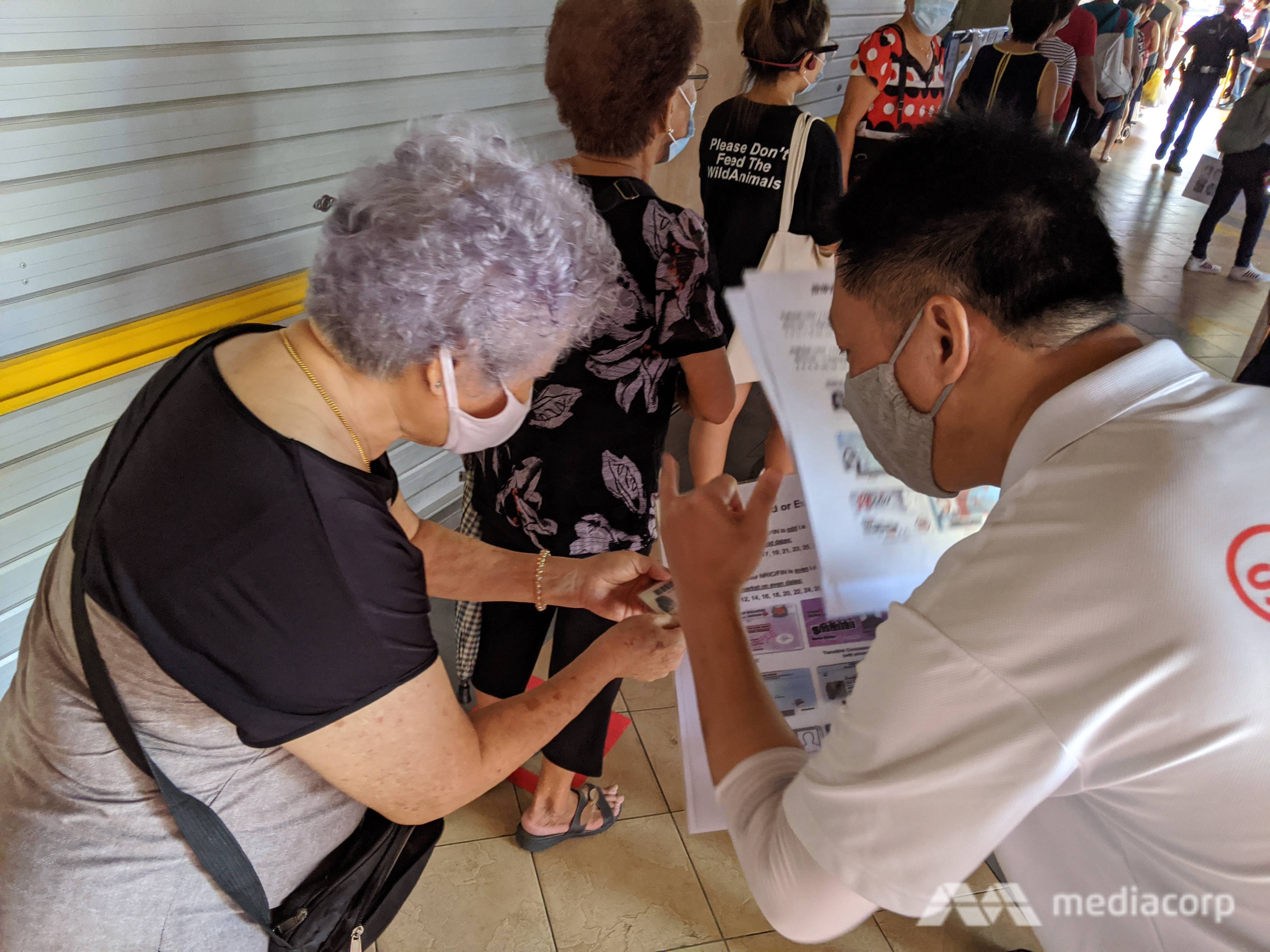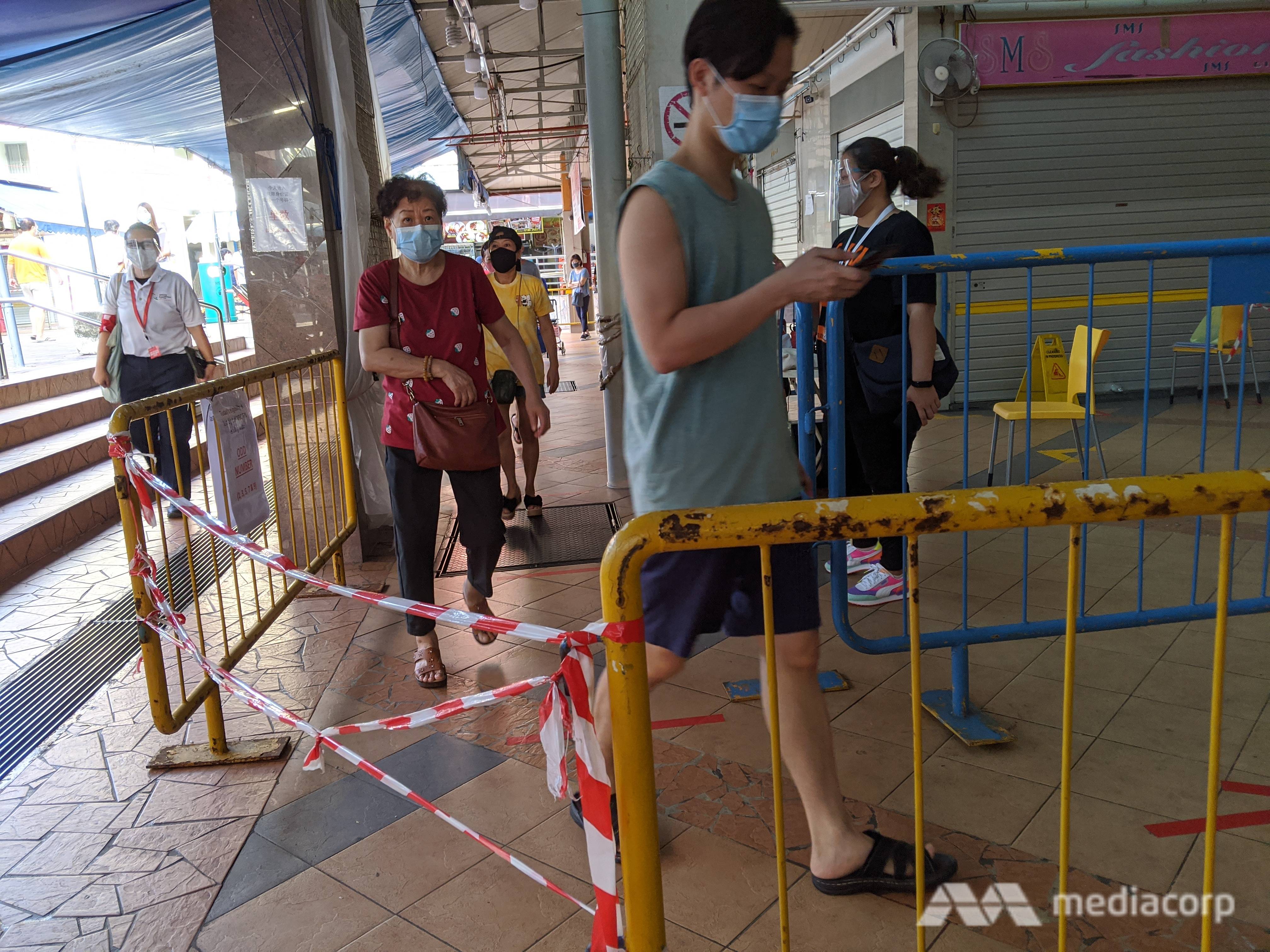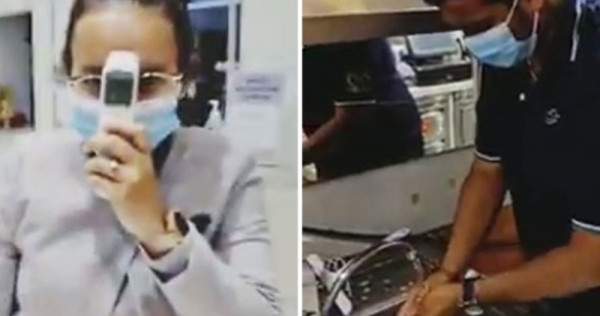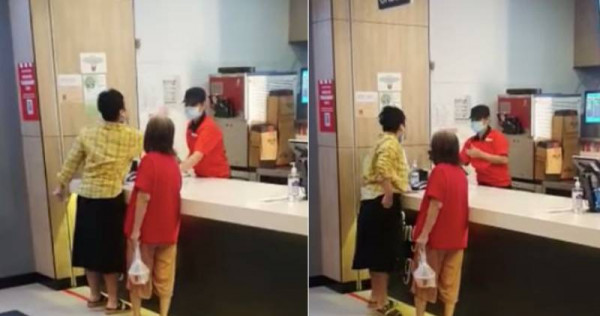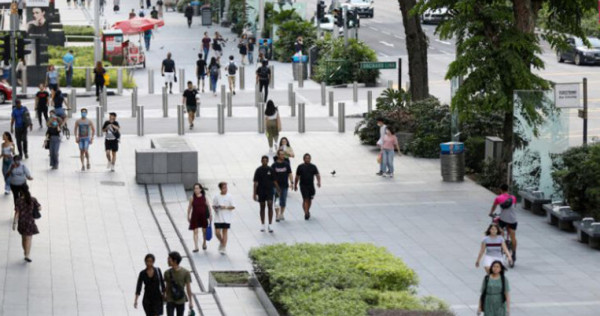SINGAPORE: Some drivers from Grab as well as a subsidiary of transport operator SMRT have been roped in to help authorities take suspect cases of COVID-19 to hospitals.
The Ministry of Health (MOH) told CNA on Wednesday (Apr 22) that this is to complement existing ambulance services.
These drivers will only ferry individuals who are “stable and clinically well”, taking them from primary care clinics to public acute hospitals or the National Centre for Infectious Diseases, said MOH.
“Suspect cases who are assessed by the doctors to be clinically unwell will continue to be conveyed by ambulance to hospitals,” it added.
“These vehicles are reserved specifically for MOH’s use for this purpose and will be dispatched by the 993 call operators,” said the ministry.
“These vehicles will not be available for public booking when they are part of the MOH fleet, and do not serve normal trips on days when they are on standby to ferry patients.”
READ: Retrenchments and withdrawn job offers: Singapore’s labour market shows signs of COVID-19 strain
In a media release, Grab said more than 250 of its drivers volunteered for this initiative and have been trained for it.
They are progressively being rostered on eight-hour shifts.
Meanwhile, about 70 drivers have been deployed from Strides Transportation, a subsidiary of SMRT Corporation.
It is understood that Grab and Strides Transportation will pay their drivers.
MOH said participating drivers have been trained by the Singapore Civil Defence Force on medical and safety protocol. They are provided with supplies like personal protective equipment (PPE) and masks, which they are required to put on for every trip.
“Proper safeguards have been put in place to ensure that the vehicles are thoroughly disinfected after each trip,” the ministry added.
Grab drivers undergoing training to ferry suspected COVID-19 cases. (Photo: Grab)
According to Grab, drivers collect their supplies at a designated, central location, and are also required to disposed of their protective gear at designated decontamination zones.
Roy Lee, 39, is one of the drivers participating in the scheme.
Mr Lee, who has been driving with Grab since 2015, said he “didn’t have to think twice” when the call for volunteers came in end-March. So far, he’s responded to about 40 calls.
READ: Circuit breakers may need to be switched on and off until COVID-19 vaccine is found, say experts
While he was initially apprehensive about signing up, Mr Lee said the training helped to ease his family’s concerns.
“I have to keep myself alert even while waiting for standby jobs or after I drop off the passenger, I get reminded to ensure that I sanitise my hands, not to touch my face so much, and the first thing I do when I reach home is to take a shower, just to ensure that I’m not spreading or bringing anything back from where I’m working at,” he said.
“The experience has been quite eye-opening, because I get to see firsthand how the medical staff are working so hard, trying to get all these suspected patients tested,” Mr Lee added.
“At the same time I can see how important it is to just keep myself clean at all times. It’s not a matter of getting infected, it’s also a matter of not spreading the infection at the same time. ”
READ: Inside Singapore’s COVID-19 screening centre, on the front line against the disease
Infectious disease specialist Dr Leong Hoe Nam told CNA that with training and the necessary precautions, the private-hire drivers can ferry suspected COVID-19 cases “very safely with no concerns at all”.
“It comes down to education, training and awareness, we will need to brief the drivers on how the virus transmits and how we can stop it in its tracks. We need to show them how it’s been done consistently for the ambulance drivers and ask them to redo exactly the same thing,” said Dr Leong, who practices at Mount Elizabeth Novena Specialist Centre.
When asked if this new fleet is an indication that Singapore’s healthcare capacity could be under strain, Dr Leong said that the Government is instead being forward-thinking in roping in private-hire drivers to provide non-emergency transport services.
“What the Ministry of Health is doing is really repurposing and thinking out of the box,” said Dr Leong.
“We have seen this repurposing happening at Expo – military doctors are being recalled back to actually look after COVID-19 patients in Expo … And similarly, looking at how we do ambulance transport, by simply providing that little bit of education, we can value add so much more to the driver.”
The number of COVID-19 cases in Singapore crossed the 11,000 mark on Thursday, with 1,037 new cases reported. The majority are work permit holders living in foreign worker dormitories.
BOOKMARK THIS: Our comprehensive coverage of the coronavirus outbreak and its developments
Download our app or subscribe to our Telegram channel for the latest updates on the coronavirus outbreak: https://cna.asia/telegram
